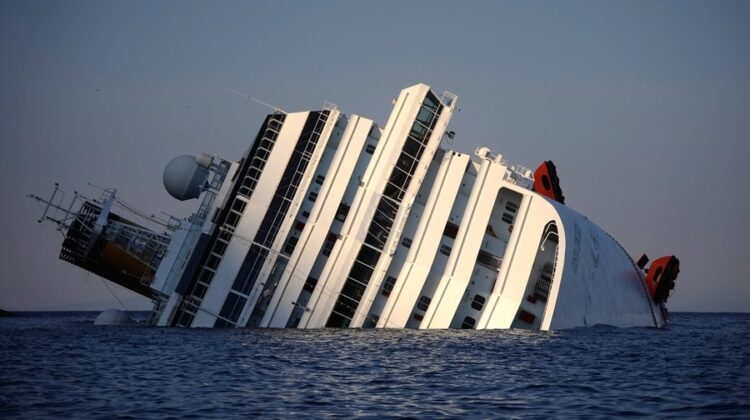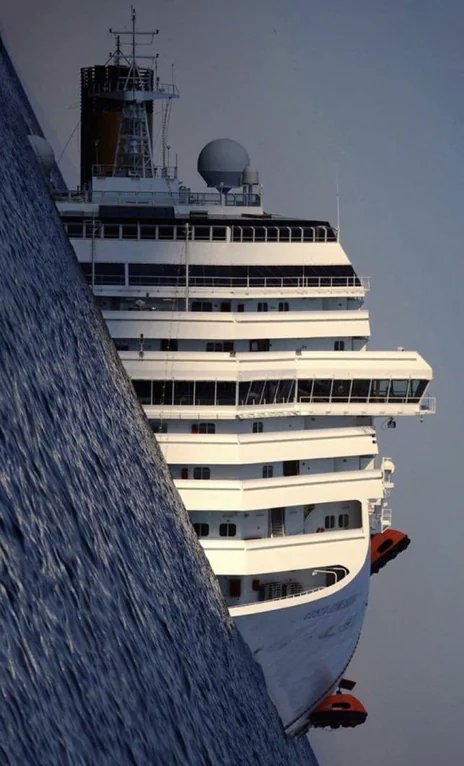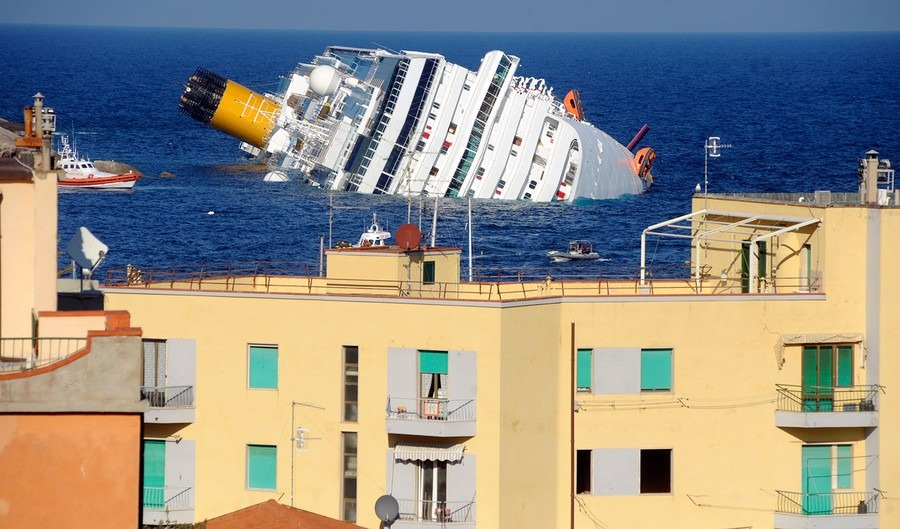
The Costa Concordia disaster, which unfolded on January 13, 2012, remains one of the most horrifying and perplexing maritime accidents in recent history. The luxurious cruise ship, carrying over 4,200 passengers and crew, ran aground off the coast of Italy’s Isola del Giglio island after deviating from its planned route.


The cause of the disaster was a deadly combination of human error and flawed protocol. Captain Francesco Schettino inexplicably steered the ship off course, bringing it perilously close to the shore. This resulted in a collision with underwater rocks, which tore a massive gash in the hull. The ship began to take on water rapidly, losing power and stability.

Captain Schettino’s actions following the impact were widely criticized. He delayed issuing an evacuation order, leading to confusion and panic among passengers. He himself was the first to abandon ship, earning him the dubious nickname “Captain Coward” in the media.

A chaotic evacuation ensued, with many passengers forced to climb over railings or jump into the frigid water. Thankfully, a large-scale rescue effort involving helicopters, lifeboats, and nearby vessels managed to save most of those on board. However, 32 people tragically lost their lives in the disaster.

The aftermath of the Costa Concordia wreck was complex and long-lasting. The salvage operation was monumental, taking years to remove the beached behemoth and mitigate environmental damage. Captain Schettino faced a lengthy trial and was eventually convicted of manslaughter and sentenced to 16 years in prison.

The Costa Concordia disaster served as a wake-up call for the cruise industry, prompting stricter regulations and improved safety protocols. It also exposed the human element in such tragedies, highlighting the importance of responsible leadership and clear communication during emergencies. The wreck of the Costa Concordia serves as a somber reminder of the fragility of life and the importance of prioritizing safety at sea.

Leave a Reply